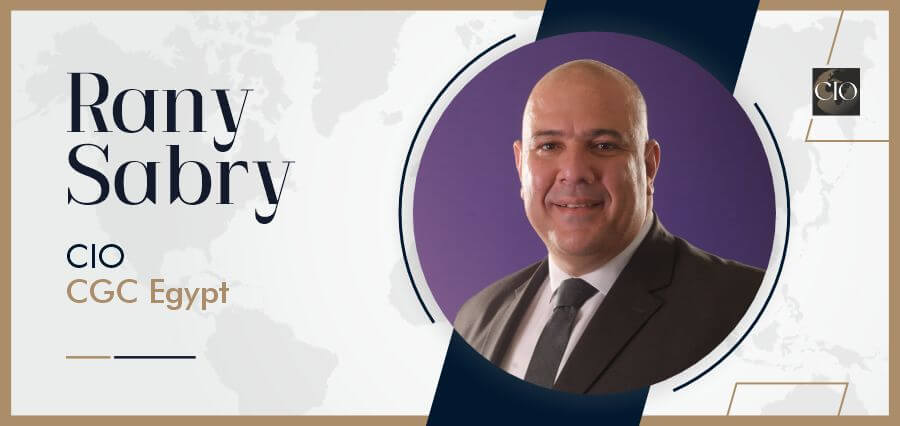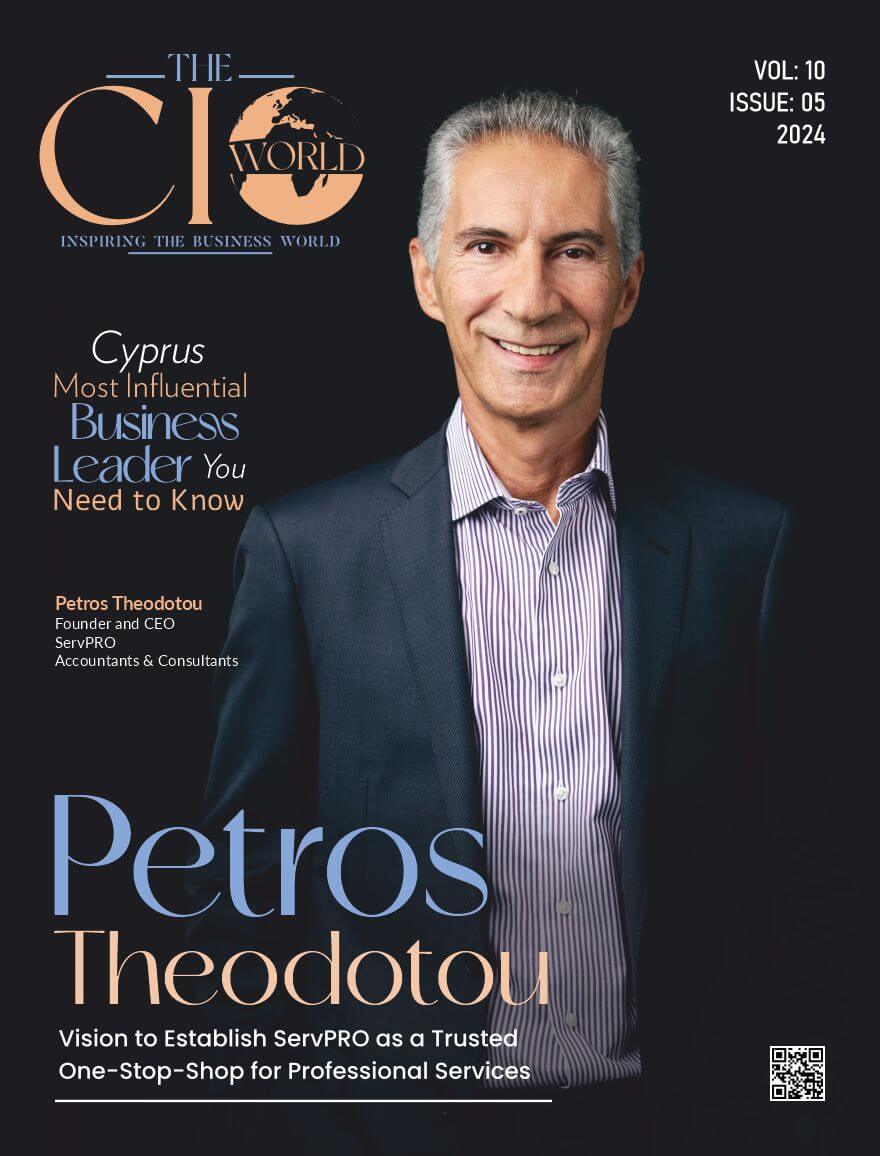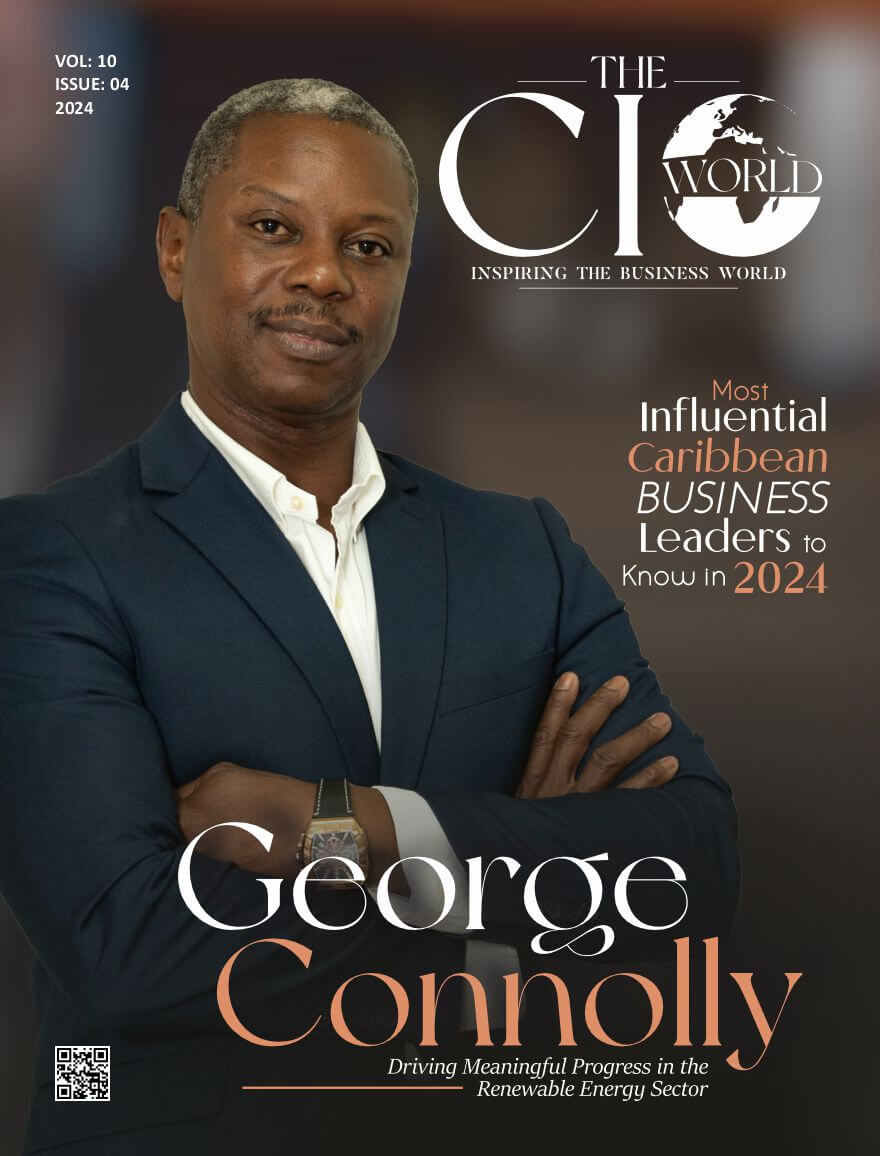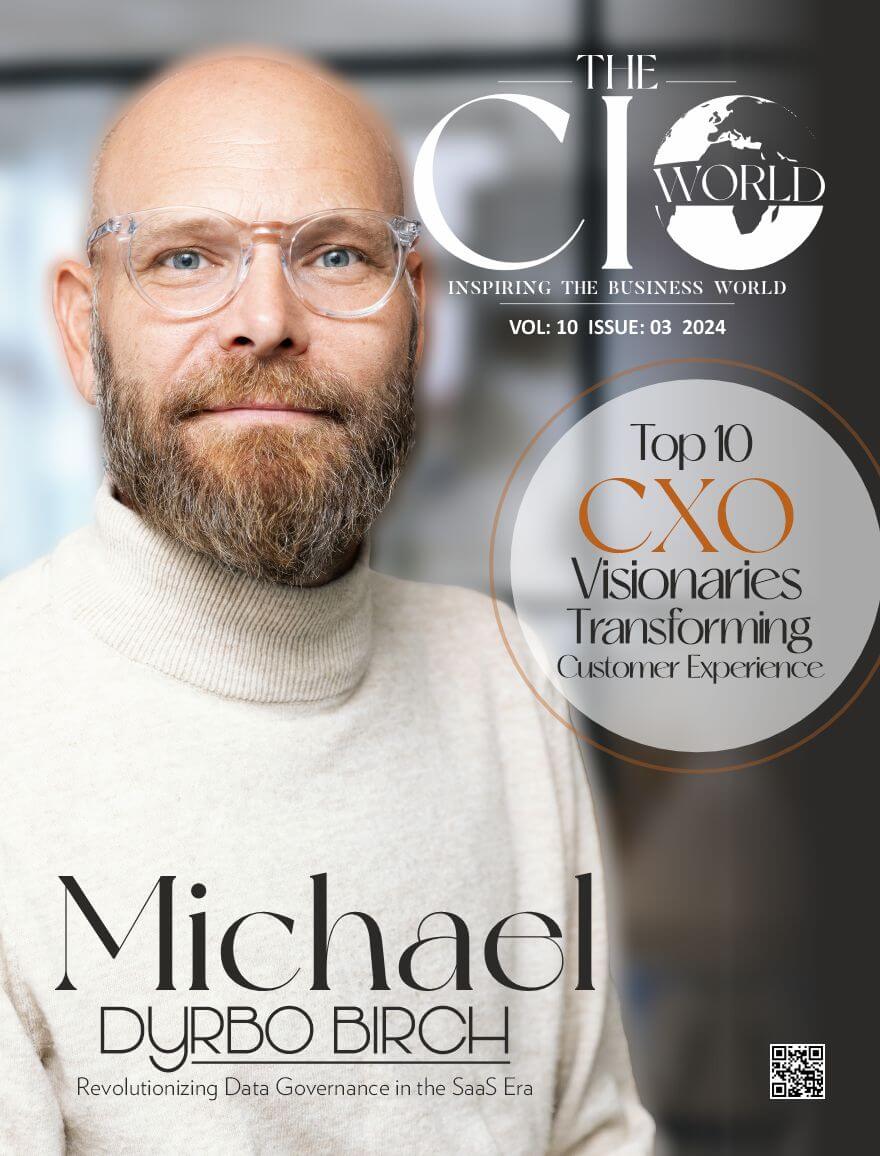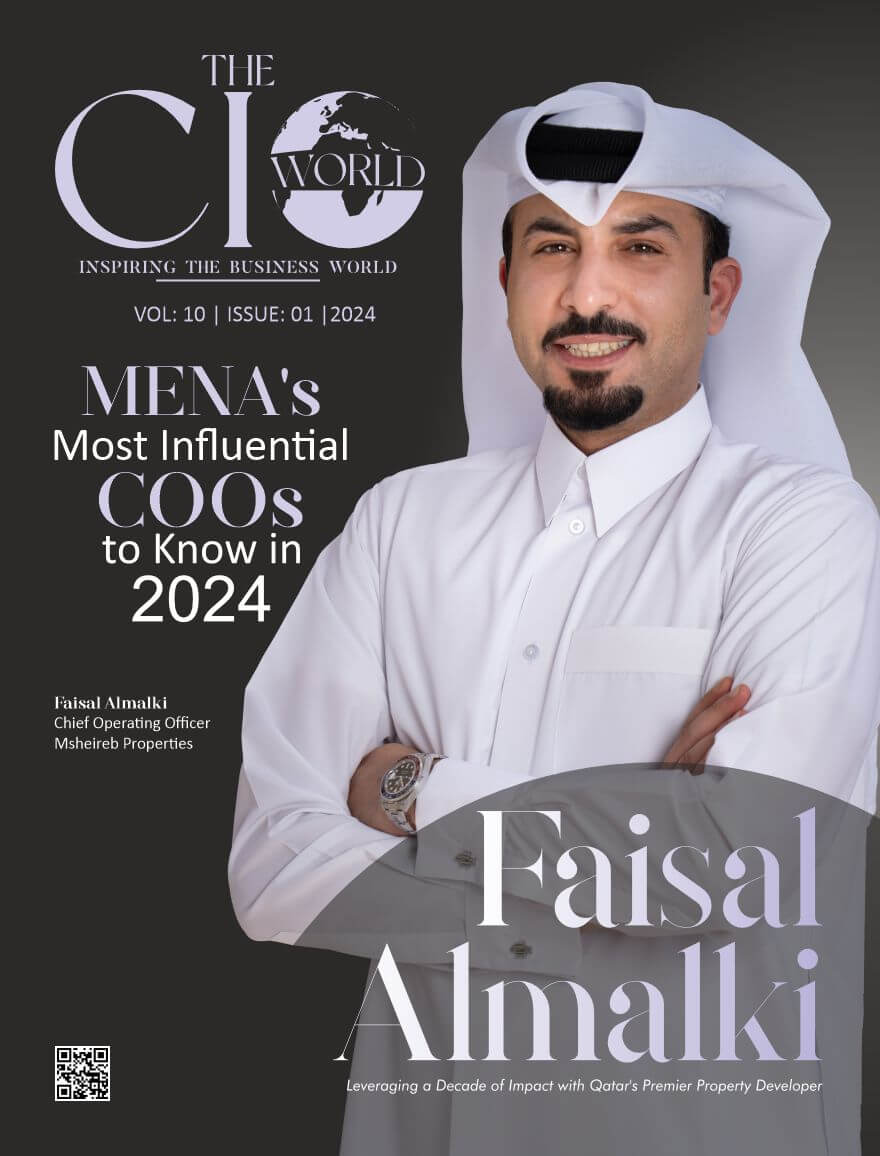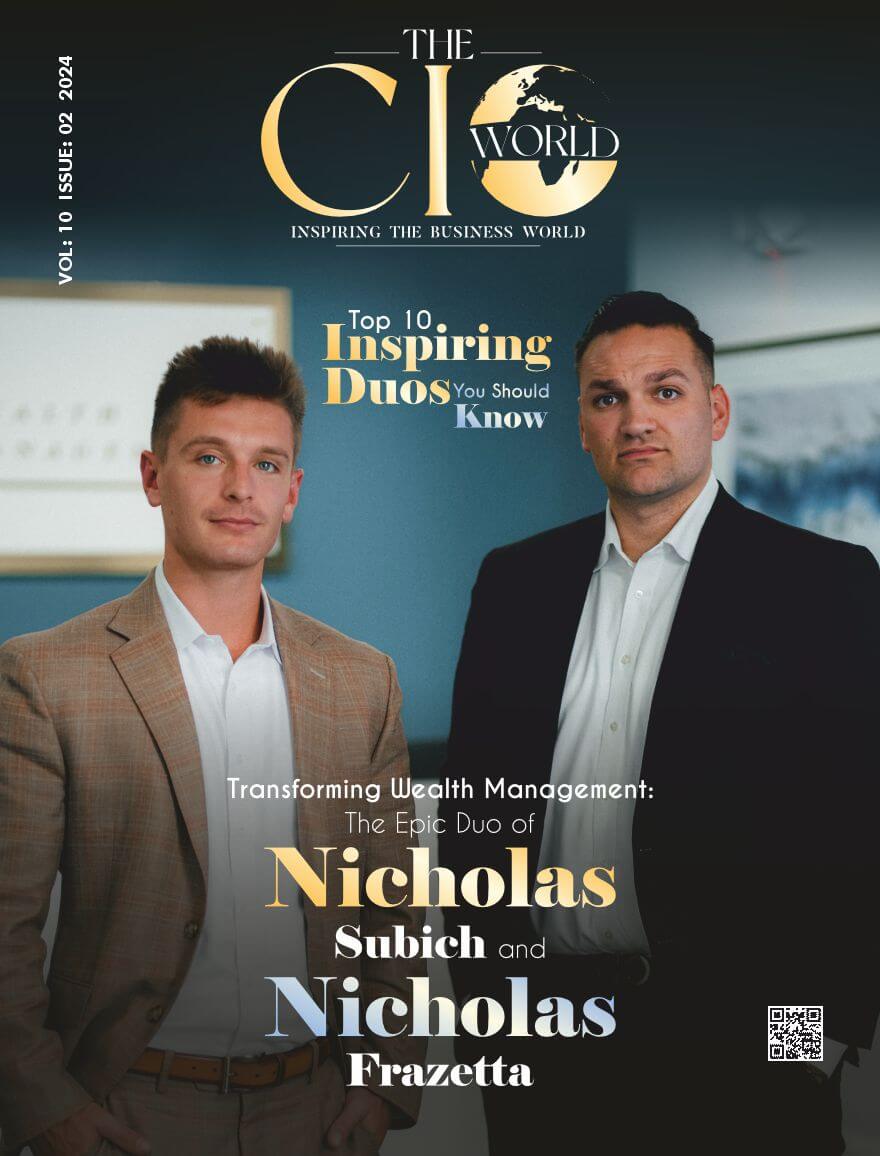Innovative Leadership in Technology and Business Transformation!
In the contemporary corporate landscape, the integration of technology solutions has become imperative for attaining organizational objectives. These solutions not only enhance consumer experiences but also catalyze innovation, augment operational efficiency, and equip businesses with the agility to promptly adapt to dynamic market conditions. Enterprises adept at leveraging technology are strategically positioned for sustained growth and prosperity in the long run.
In today’s fiercely competitive business environment, the significance of Chief Information Officers (CIOs) has risen to paramount importance. CIOs play a pivotal role in formulating the organization’s technology strategy, adeptly managing IT infrastructure and resources, and fostering technological innovation to drive business objectives. In the prevailing digital age, where technology continues to be a cornerstone of organizational performance, the role of CIOs stands as a critical determinant of success.
Rany M. Sabry, CIO of Credit Guarantee Company, is a prominent leader in ICT with more than 25 years of expertise. Throughout his career, he has demonstrated a strong dedication to leveraging technology to improve organizational productivity, profitability, and creativity. Rany is a dynamic leader with experience shaping contemporary business models, leading digital transformations, and
delivering technology-based goods and services in challenging, quickly changing contexts. We had the opportunity to understand his impeccable approach to driving innovation at the CGC.
Here are the key highlights from the interview:
Could you please tell us about yourself and what motivated you to embark on this sector?
I have over 25 years of experience as a dynamic ICT senior executive leader, helping organizations achieve their business goals with technology solutions that enhance efficiency, profitability, and innovation. I have a proven track record of leading successful digital transformations.
developing modern business models and delivering technology-based products and services in complex environments. I am always driven by a passion for excellence and creativity.
I am passionate about providing creative technologies that can build a sustainable business. I believe that accessing information efficiently is key to improving business intelligence and creativity. I am always eager to learn new skills and technologies that can help me solve problems and create value for my clients.
Could you please brief us about your company and its inception story?
The credit guarantee company in Egypt (CGC Egypt) was established in 1989. The company was founded with the vision of boosting the Egyptian economy by empowering the private sector and providing financial solutions with a special focus on micro, small, and medium enterprises.
(MSMEs). CGC Egypt offers various guarantee products that help MSMEs access finance from different financial institutions (banks and non-banks) that cater to their needs.
How do you see the role of the CIO evolving in today’s rapidly changing technological landscape, and what strategies do you employ to align IT initiatives with the overall business objectives and goals?
The role of the CIO in financial services is undergoing a significant transformation as technology becomes a key driver of competitive advantage and strategic disruption. The CIO is no longer just responsible for managing and maintaining ICT systems but also for leading innovation and change across the organization. The CIO needs to be a shapeshifter, adapting to the evolving needs and expectations of business partners, customers, and regulations.
To align ICT initiatives with the business objectives and goals, I use the following strategies:
- Collaborate closely with business leaders and stakeholders to understand their vision, challenges, and opportunities and to co-create solutions that deliver value and impact.
- Foster a culture of agility, experimentation, and learning within the ICT function, enabling rapid prototyping, testing, and scaling of new technologies and capabilities.
- Leverage data and analytics to generate insights, optimize processes, and enhance decision-making across the organization.
- Invest in developing the skills and capabilities of the ICT team, ensuring they have the technical expertise, business acumen, and customer orientation to deliver on the ICT agenda.
- Manage the ICT risks and governance, ensuring compliance with regulatory requirements and security standards.
How do you prioritize and manage IT projects to ensure efficient resource allocation and timely delivery?
I prioritize and manage ICT projects by aligning with the organization’s strategic goals, using a project management framework and agile methodologies, tracking the progress and budget, communicating with stakeholders, resolving issues and risks, complying with standards, and learning
from feedback. The most important thing is to manage the expectations and satisfaction of the stakeholders and ensure that the ICT projects deliver value and meet their needs and requirements.
Can you provide an example of a successful IT project that you led and the impact it had on the organization?
I led an ICT project to implement robotic process automation (RPA) for several repetitive and manual tasks in CGC. The project involved identifying suitable processes for automation. The project had a significant impact on the organization in terms of efficiency, quality, and cost. The RPA bots were able to perform the tasks faster, more accurately, and more consistently than human workers, reducing errors and delays. The project also freed up the human workers from mundane tasks and allowed them to focus on more value-added and creative activities. The project also reduced operational costs by saving time and resources.
What emerging technologies do you believe will have a significant impact on businesses in the near future, and how do you stay updated with the latest trends?
Technologies like Artificial Intelligence (AI) and Robotic Process Automation (RPA) are expected to have a significant impact. AI can enhance customer satisfaction through predictive analytics, and RPA streamlines repetitive tasks, which will impact productivity.
To stay updated with these trends, we engage in continuous research, attend industry conferences, collaborate with technology experts, and participate in workshops. Moreover, we maintain close relationships with technology vendors to understand advancements and potential applications in the financial domain. This proactive approach enables us to adopt relevant technologies swiftly and efficiently.
How do you foster innovation within your IT department, and what steps do you take to encourage collaboration and creativity among your team members?
I foster innovation within the ICT team by creating a culture of curiosity, experimentation, and learning. I encourage the team members to explore new technologies, tools, and methods that can improve our processes, products, and services. I also provide them with the resources, time, and support they need to pursue their ideas and test their hypotheses.
How do you manage relationships with external vendors and partners, and what criteria do you consider when selecting technology solutions for your organization?
I manage relationships with external vendors and partners by following a structured and collaborative process that involves the following:
- Define the scope, objectives, and requirements of the ICT project or initiative.
- Conducting market surveys, research, and analysis to identify potential vendors and partners that can offer the best technology solutions for our organization.
- Evaluating the total cost of ownership (TCO) of the technology solution, considering implementation, maintenance, and operational costs.
- Ensuring the technology can seamlessly integrate with existing systems and future expansions.
- Evaluating and comparing the proposals, tenders, and quotations from the shortlisted vendors and partners based on various criteria such as quality, cost, functionality, compatibility, security, scalability, previous experience, etc.
- Monitoring and managing the implementation, integration, testing, and deployment of the technology solution with the vendor or partner.
- Reviewing and assessing the performance and outcomes of the technology solution with the vendor or partner.
When selecting technology solutions for our organization, I consider criteria such as:
- Alignment with the vision, mission, values, and goals of CGC as a financial institute.
- Compliance with the industry standards, regulations, and best practices in ICT.
- Suitability for the current and future needs and expectations of our customers (internal and external) and stakeholders.
- Availability of technical support, maintenance, and updates from the vendor or partner.
- Ease of use, accessibility, and user-friendliness of the technology solution.
Through these strategies, we ensure that our relationships with external vendors and the technologies we select are conducive to CGC’s mission and strategy.

